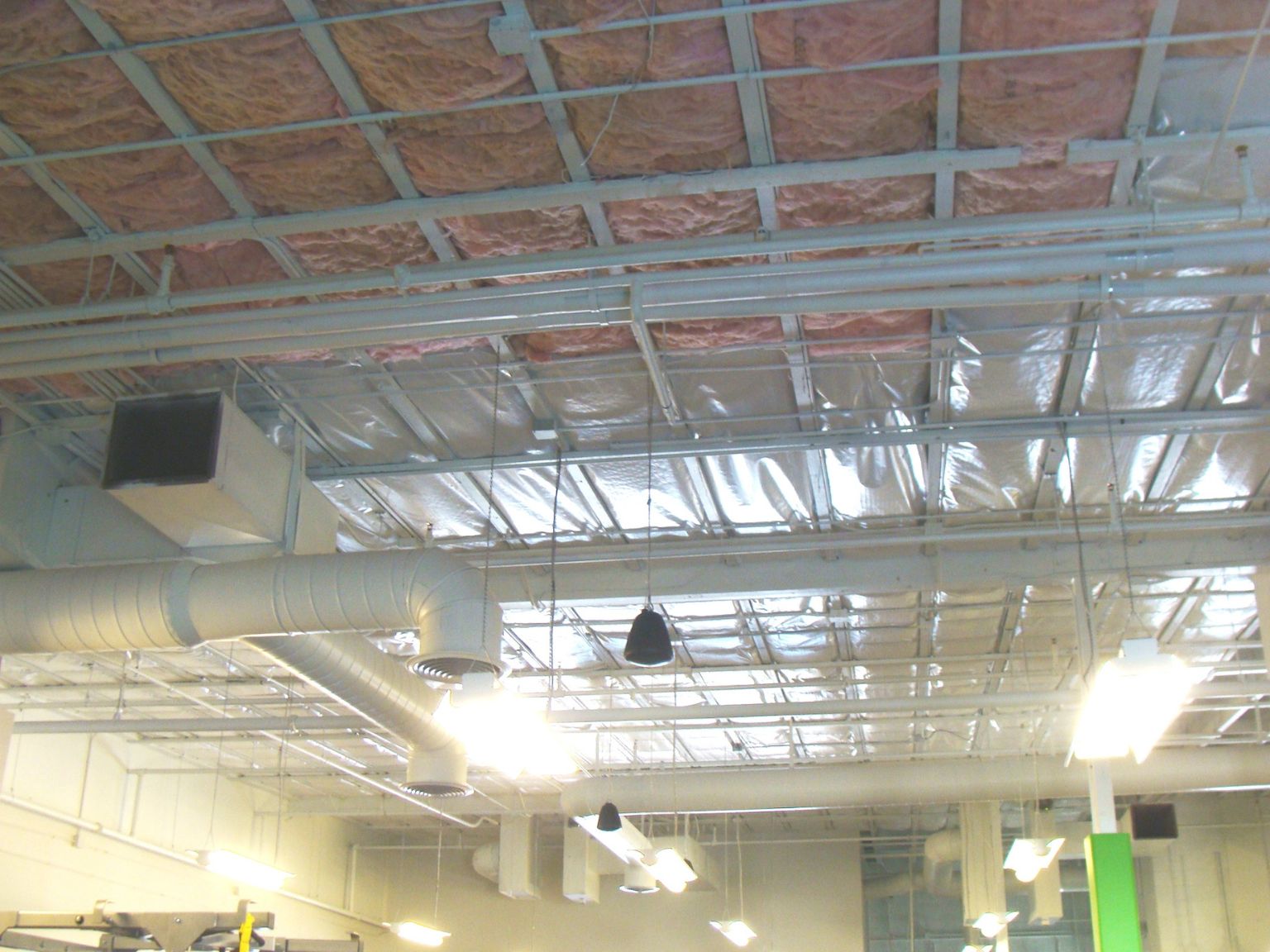

Articles
What Is FSK Insulation
Modified: January 9, 2024
Discover the benefits and applications of FSK insulation in our informative articles. Learn how FSK insulation can improve energy efficiency and enhance thermal performance.
(Many of the links in this article redirect to a specific reviewed product. Your purchase of these products through affiliate links helps to generate commission for Storables.com, at no extra cost. Learn more)
Introduction
Welcome to the world of FSK insulation! If you’re unfamiliar with this term, don’t worry – you’re about to learn all about it. FSK insulation, also known as Foil-Scrim-Kraft insulation, is a highly effective and versatile type of insulation used in residential, commercial, and industrial applications.
Insulation plays a crucial role in maintaining comfortable indoor temperatures and improving energy efficiency. It acts as a barrier against heat transfer, preventing unwanted heat gain or loss. FSK insulation takes insulation to the next level by incorporating a layer of reflective foil to enhance its thermal performance.
In this article, we will explore the definition, composition, benefits, applications, installation, and maintenance of FSK insulation. By the end, you’ll have a thorough understanding of this remarkable insulation material and how it can improve the comfort and energy efficiency of any space.
Key Takeaways:
- FSK insulation, with its Foil-Scrim-Kraft composition, offers excellent thermal performance, moisture resistance, and easy installation. It’s a versatile and durable choice for improving energy efficiency in various applications.
- By incorporating FSK insulation, you can enjoy benefits such as fire resistance, durability, and energy efficiency. Its reflective foil layer and versatile applications make it a valuable investment for maintaining comfortable indoor temperatures and reducing energy consumption.
Read more: What Is Insulation
Definition of FSK Insulation
FSK insulation, or Foil-Scrim-Kraft insulation, is a type of insulation that combines several layers of materials to create an efficient thermal barrier. It consists of three main components: a layer of aluminum foil, a layer of reinforcing scrim, and a layer of kraft paper.
The aluminum foil is the key component that sets FSK insulation apart from other insulation materials. The foil layer acts as a reflective barrier, reflecting radiant heat away from the space it insulates. This helps to minimize the transfer of heat through the insulation and maintain a more stable indoor temperature.
The reinforcing scrim, usually made of fiberglass or other durable materials, provides strength and stability to the insulation. It helps to prevent tearing or damage during installation or handling, ensuring the longevity of the insulation.
The kraft paper layer is used to provide additional structural integrity to the FSK insulation. It acts as a protective covering for the foil and scrim layers, preventing moisture or other elements from compromising the insulation’s effectiveness.
To enhance the overall performance of FSK insulation, some variations may include additional layers of materials like polyethylene or foam. These extra layers add insulation value and further improve the barrier against heat transfer.
FSK insulation is available in various thicknesses and comes in rolls or sheets. It is commonly used in both residential and commercial buildings, offering an excellent combination of insulation properties and durability.
Now that we have defined FSK insulation, let’s dive into its composition to gain a better understanding of how it works.
Composition of FSK Insulation
FSK insulation is composed of three main layers that work together to provide effective thermal insulation:
- Aluminum Foil: The first layer of FSK insulation is aluminum foil. This foil layer is highly reflective and acts as a radiant barrier. It reflects radiant heat away from the insulation, preventing it from entering or escaping the space it insulates. The aluminum foil also adds a layer of protection against moisture, dust, and other contaminants.
- Reinforcing Scrim: The second layer of FSK insulation is a reinforcing scrim. This scrim is usually made of fiberglass or other durable materials. It adds strength and stability to the insulation, preventing it from tearing or becoming damaged during installation or use. The reinforcing scrim also helps to distribute mechanical stress evenly across the insulation, ensuring its integrity.
- Kraft Paper: The final layer of FSK insulation is kraft paper. This layer acts as a protective covering for the aluminum foil and reinforcing scrim. It provides additional structure and durability to the insulation, protecting it from external elements and extending its lifespan. Kraft paper also acts as a vapor retarder, helping to reduce the risk of moisture infiltration.
In some variations of FSK insulation, additional layers may be included to enhance its insulation properties. These layers can include foam, polyethylene, or other materials that provide extra thermal resistance and improve overall energy efficiency. The specific composition of FSK insulation may vary depending on the manufacturer and the intended application.
Now that we understand the composition of FSK insulation, let’s move on to explore its numerous benefits.
Benefits of FSK Insulation
FSK insulation offers several key benefits that make it a popular choice for residential, commercial, and industrial applications. Here are some of the main advantages of using FSK insulation:
- Excellent Thermal Performance: FSK insulation’s reflective foil layer significantly enhances thermal performance. It reflects radiant heat away from the space, helping to maintain a consistent indoor temperature and reduce energy consumption for heating and cooling.
- Moisture Resistance: The kraft paper layer in FSK insulation acts as a vapor retarder, preventing moisture from infiltrating the insulation. This helps to preserve the insulation’s effectiveness and prevent the growth of mold or mildew.
- Durability: FSK insulation is reinforced with a scrim layer, typically made of fiberglass or other durable materials. This reinforcement provides strength and stability to the insulation, making it resistant to tears and damage during installation and use.
- Easy Installation: FSK insulation is usually available in rolls or sheets, making it easy to handle and install. It can be cut to fit different spaces and is compatible with a variety of installation methods, including stapling, screwing, or adhesive application.
- Fire Resistance: FSK insulation is often manufactured to have a high level of fire resistance. It is designed to prevent the spread of flames in case of fire, providing an added layer of safety and protection.
- Versatility: FSK insulation can be used in a wide range of applications, including walls, roofs, attics, ductwork, and HVAC systems. It is suitable for both new construction and retrofit projects, making it a versatile choice for different types of buildings.
- Energy Efficiency: By reducing the transfer of heat through the insulation, FSK insulation helps to improve energy efficiency. This can lead to lower energy bills and reduced environmental impact, making it an environmentally-friendly choice.
The combination of these benefits makes FSK insulation a reliable and cost-effective solution for improving thermal performance and energy efficiency in various settings.
Next, let’s explore the wide range of applications where FSK insulation can be used.
FSK insulation, or Foil-Scrim-Kraft insulation, is a type of thermal insulation that has a layer of aluminum foil facing. This helps to reflect heat and provides a moisture barrier. It is commonly used in commercial and residential buildings for its thermal and acoustic insulation properties.
Applications of FSK Insulation
FSK insulation’s versatility and excellent thermal performance make it suitable for a range of applications in residential, commercial, and industrial settings. Here are some of the common applications of FSK insulation:
- Roof Insulation: FSK insulation can be used in both pitched and flat roofs to provide thermal insulation and prevent heat transfer from the outside. It helps to maintain comfortable temperatures inside the building and reduce the load on HVAC systems.
- Wall Insulation: FSK insulation is commonly used in exterior and interior walls to improve energy efficiency and reduce heat loss or gain. It creates a thermal barrier that keeps the interior temperature stable, enhancing overall comfort and reducing energy consumption.
- Duct Insulation: FSK insulation is ideal for insulating HVAC ductwork. It helps to prevent heat loss or gain through the ducts and improves the efficiency of the heating and cooling system. Properly insulated ducts also reduce noise transmission and minimize condensation issues.
- Attic and Crawlspace Insulation: FSK insulation is often used in attics and crawlspaces to create a thermal barrier between the living space and the outside environment. It prevents heat transfer, reduces energy loss, and helps to maintain a consistent indoor temperature.
- Industrial Insulation: FSK insulation is widely used in industrial applications to insulate pipes, tanks, equipment, and machinery. It helps to maintain optimal operating temperatures, reduce energy consumption, and protect against condensation and corrosion.
- Soundproofing: FSK insulation can also be used as a soundproofing material. It helps to absorb and dampen sound waves, reducing noise transmission between rooms or from external sources.
These applications demonstrate the versatility and effectiveness of FSK insulation in various construction and insulation projects. Its ability to provide thermal insulation, save energy, and enhance comfort makes it a popular choice across different industries.
Now, let’s move on to the installation process of FSK insulation.
Read more: What Is Bibs Insulation
Installation of FSK Insulation
Installing FSK insulation is a relatively straightforward process that can be accomplished with the right tools and techniques. Here are the general steps involved in the installation of FSK insulation:
- Prepare the Workspace: Before starting the installation, make sure the area is clean and free from any obstructions or debris. Clear out any existing insulation if necessary.
- Measure and Cut: Measure the dimensions of the area where the FSK insulation will be installed. Using a sharp utility knife or insulation cutter, cut the FSK insulation to the appropriate size. Make sure to wear gloves and protective eyewear during this step.
- Secure the Insulation: Place the FSK insulation in the desired location, making sure the foil side faces the desired direction. Use adhesive, staples, or other appropriate fasteners to secure the insulation in place. Pay attention to sealing any seams or gaps to ensure an airtight installation.
- Continue Installation: Repeat the measuring, cutting, and securing process until the entire area is covered with FSK insulation. Take care to maintain a consistent thickness and coverage, especially in areas with corners, joints, or irregular shapes.
- Seal and Protect: Once the FSK insulation is installed, seal any remaining gaps or joints with foil tape or appropriate sealants. This helps to further enhance the insulation’s effectiveness and prevent moisture or air infiltration.
- Inspect and Test: After the installation is complete, carefully inspect the FSK insulation for any damage or areas that may need reinforcement. Conduct a thorough test to ensure that the insulation is properly installed and providing the desired thermal performance.
It is important to follow the manufacturer’s guidelines and local building codes during the installation process. If you are unsure or inexperienced with insulation installation, it is recommended to seek professional assistance to ensure a proper and efficient installation.
Now that you know how to install FSK insulation, let’s move on to the maintenance and care guidelines.
Maintenance and Care of FSK Insulation
Proper maintenance and care of FSK insulation are important to ensure its long-term performance and effectiveness. Here are some guidelines to help you maintain and care for your FSK insulation:
- Regular Inspections: Periodically inspect the FSK insulation for any signs of damage, such as tears, punctures, or moisture intrusion. Promptly address any issues to prevent further damage and maintain optimal insulation performance.
- Cleanliness: Keep the area surrounding the FSK insulation clean and free from dust, debris, and obstructions. This helps to prevent the accumulation of contaminants that can reduce insulation effectiveness and impact indoor air quality.
- Ventilation: Ensure proper ventilation in areas where FSK insulation is installed, such as attics or crawlspaces. Proper ventilation helps to maintain airflow, minimize moisture buildup, and prevent mold or mildew growth.
- Sealing Gaps and Joints: Regularly check and seal any gaps or joints in the FSK insulation, as well as around windows, doors, or other penetrations. This helps to maintain an airtight seal and prevents undesirable air leakage that can compromise insulation performance.
- Repairing Damaged Insulation: If you notice any damaged sections of FSK insulation, such as tears or punctures, repair or replace them as soon as possible. This ensures that the insulation continues to provide optimal thermal performance and prevents energy loss.
- Insulation Compatibility: When making any modifications or additions to the building, such as installing new fixtures or equipment, ensure that they do not disrupt or damage the FSK insulation. Take precautions to maintain the continuity of insulation coverage and integrity.
- Professional Inspections: Consider hiring a professional insulation contractor or technician for periodic inspections and maintenance of your FSK insulation. They can provide expert assessments, identify any issues, and recommend appropriate solutions.
By following these maintenance and care guidelines, you can maximize the lifespan and performance of your FSK insulation, ensuring continued energy efficiency and comfort in your space.
Now, let’s sum up what we’ve learned about FSK insulation.
Conclusion
FSK insulation, with its Foil-Scrim-Kraft composition, offers remarkable thermal performance and energy-saving benefits for a wide range of applications. Its combination of reflective foil, reinforcing scrim, and protective kraft paper layer makes it a durable and versatile insulation material.
Throughout this article, we have learned that FSK insulation provides excellent thermal performance by reflecting radiant heat and minimizing heat transfer. It offers benefits such as moisture resistance, durability, ease of installation, fire resistance, and energy efficiency.
FSK insulation finds application in various areas, including roofs, walls, ductwork, attics, crawlspaces, and industrial settings, providing a thermal barrier that ensures comfort and energy efficiency.
When installing FSK insulation, it is important to follow the proper techniques and guidelines, securing the insulation, sealing any gaps, and inspecting for damage. Regular maintenance and care, such as proper ventilation, cleanliness, and addressing repairs, helps to maintain the insulation’s effectiveness and prolong its lifespan.
By incorporating FSK insulation into your building or project, you can enjoy improved energy efficiency, reduced heating and cooling costs, enhanced comfort, and a more environmentally-friendly space.
In conclusion, FSK insulation is a highly effective and versatile insulation solution that offers numerous benefits for residential, commercial, and industrial spaces. Its composition, easy installation, and long-term performance make it a valuable investment in achieving optimal thermal comfort and energy efficiency.
Frequently Asked Questions about What Is FSK Insulation
Was this page helpful?
At Storables.com, we guarantee accurate and reliable information. Our content, validated by Expert Board Contributors, is crafted following stringent Editorial Policies. We're committed to providing you with well-researched, expert-backed insights for all your informational needs.
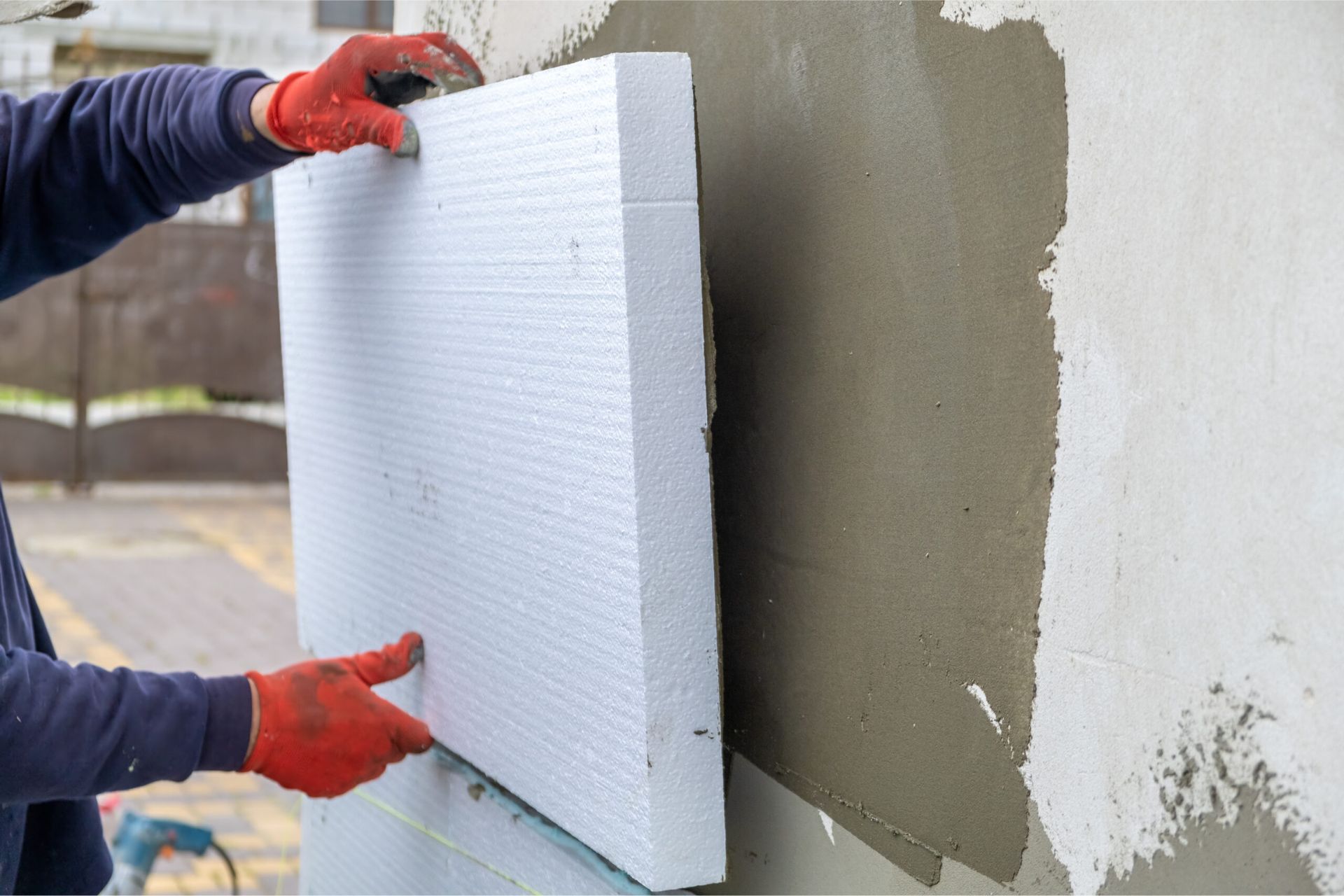
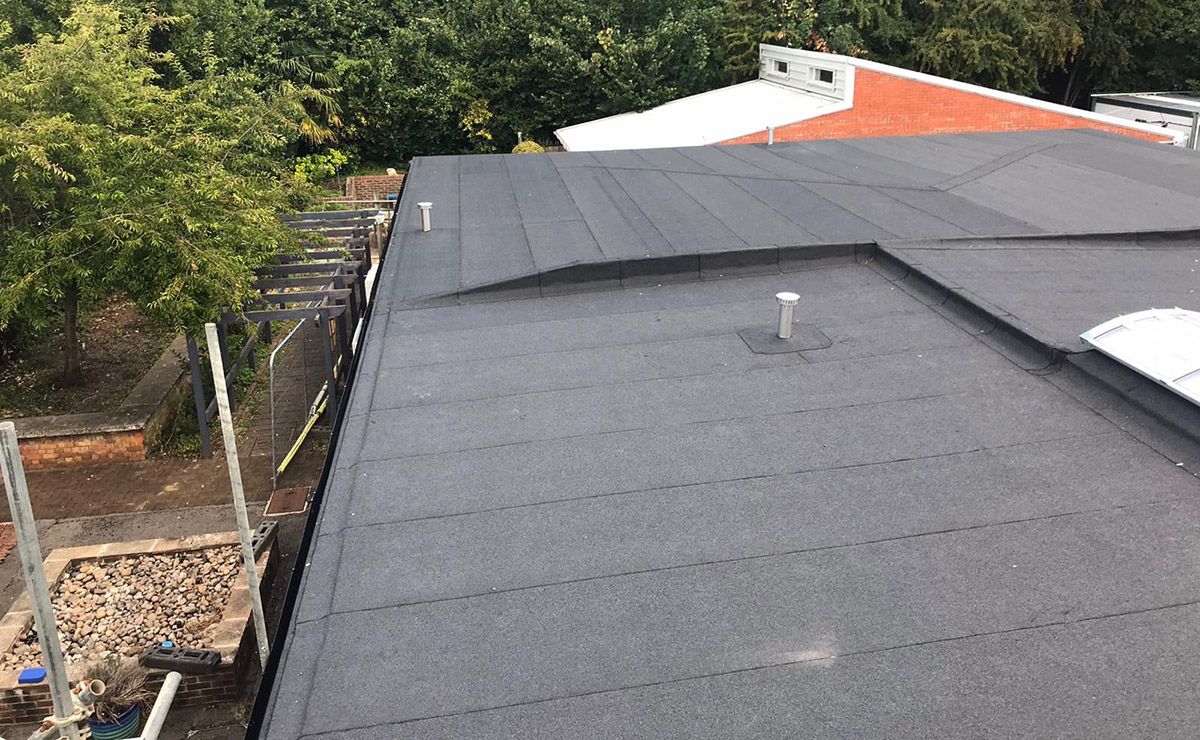
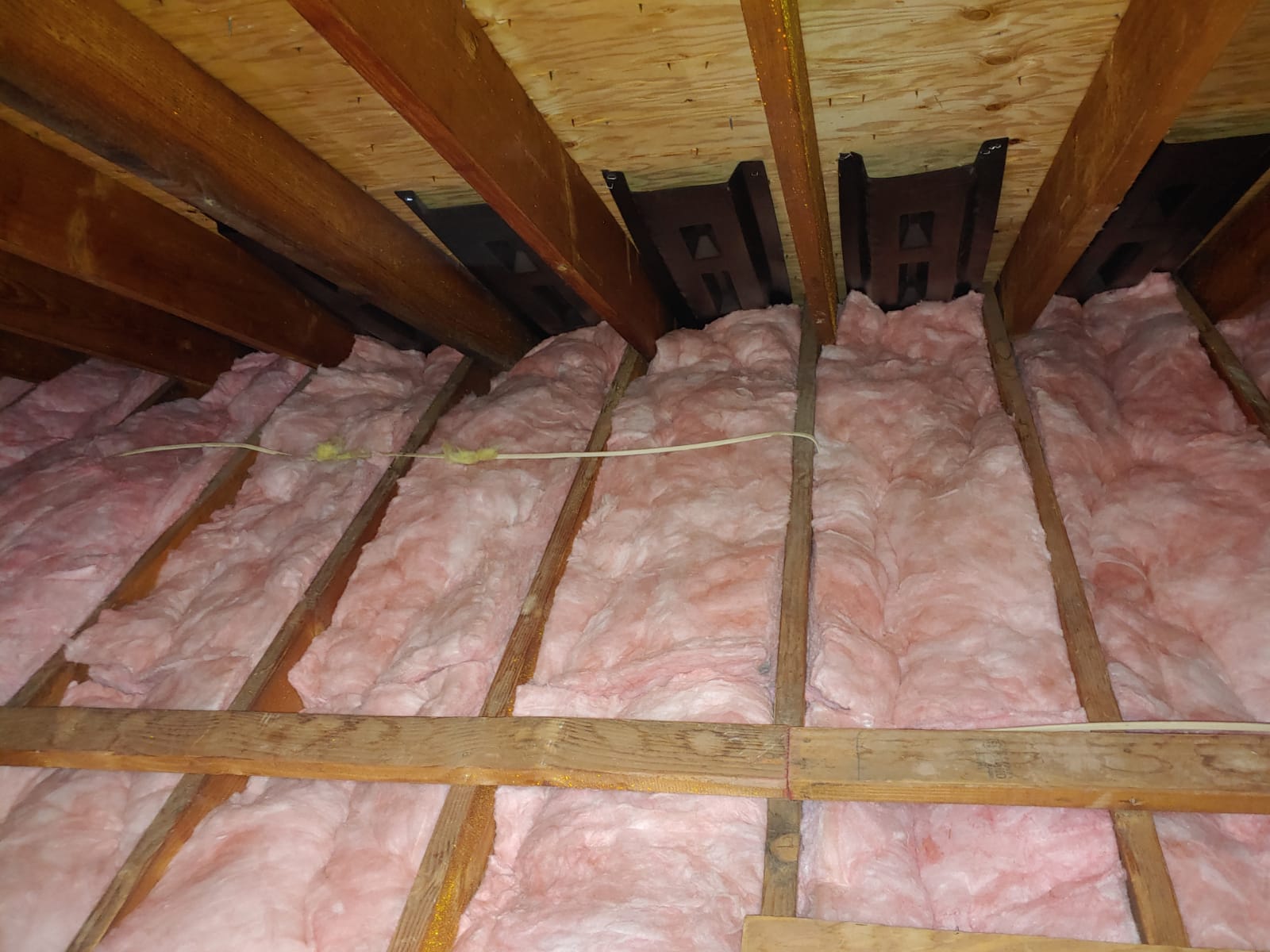
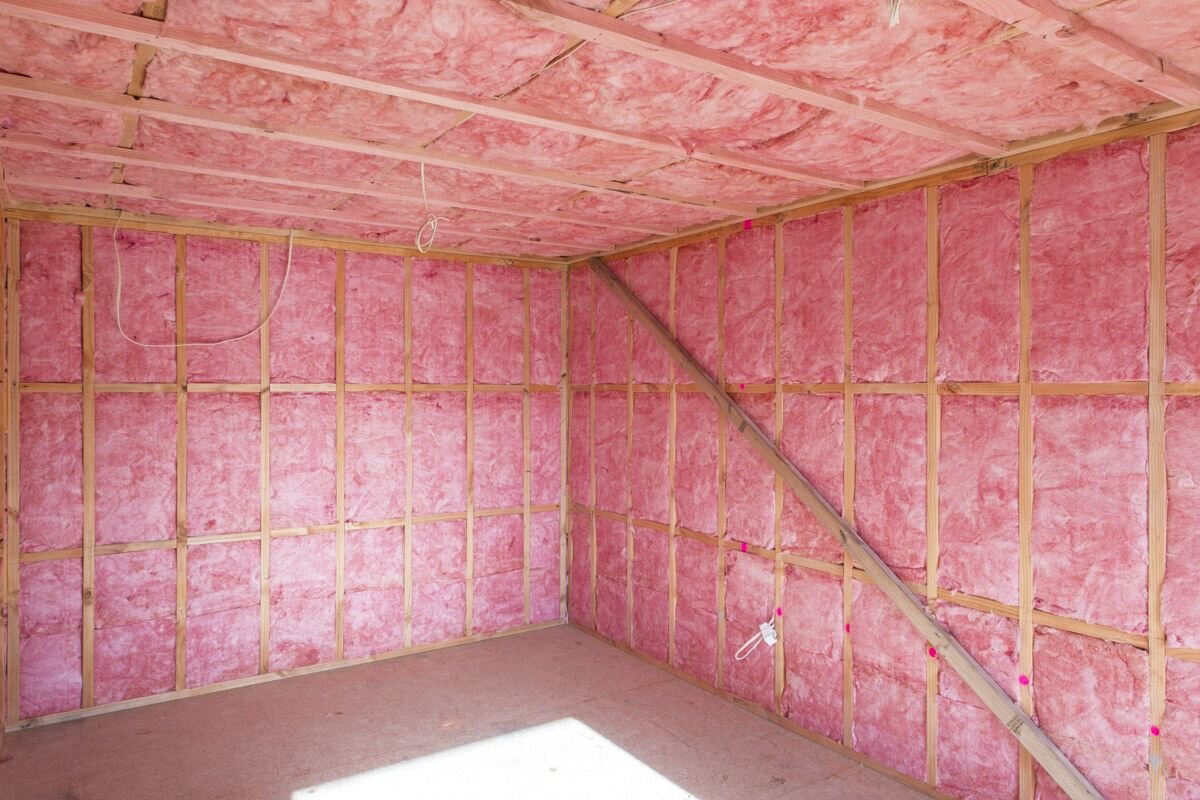
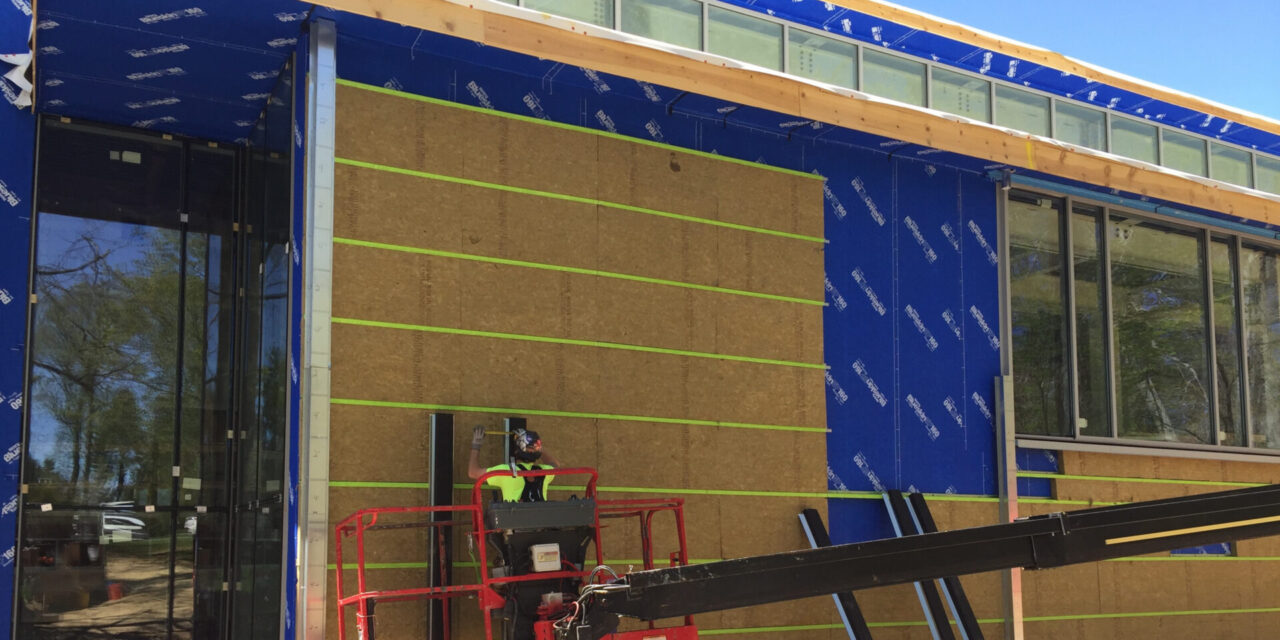
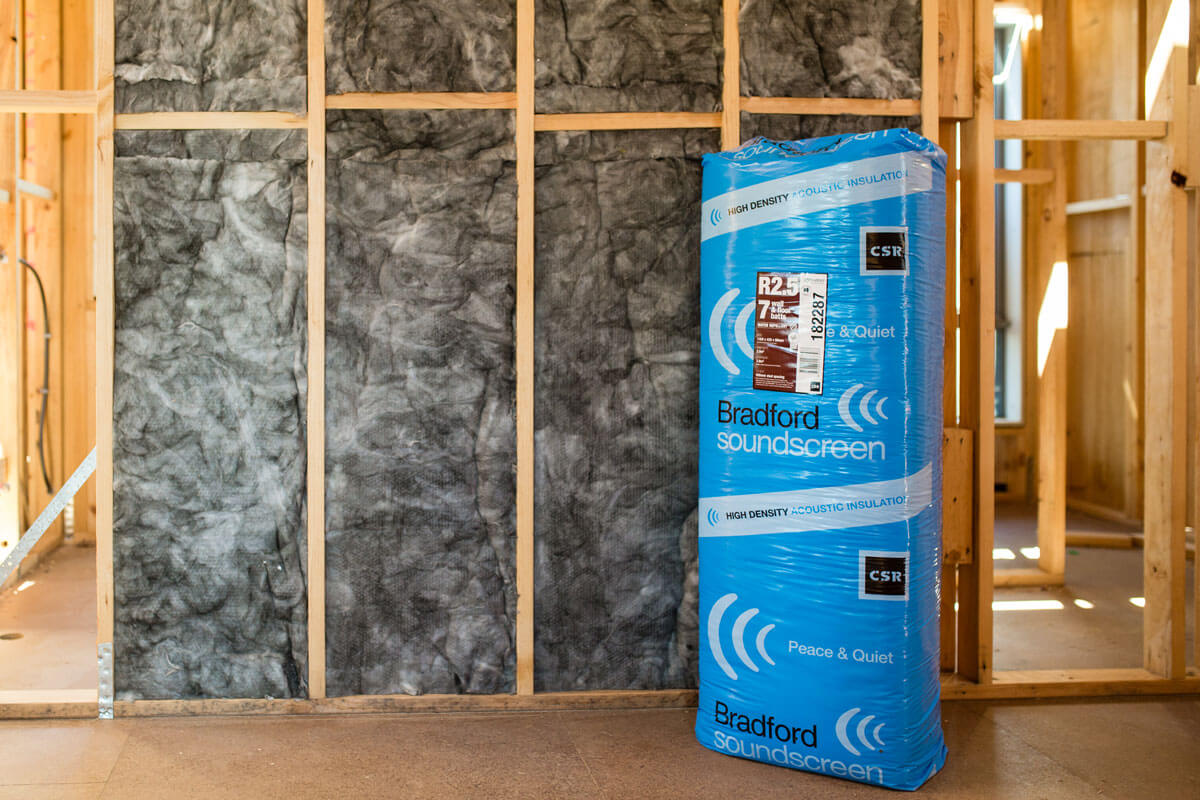
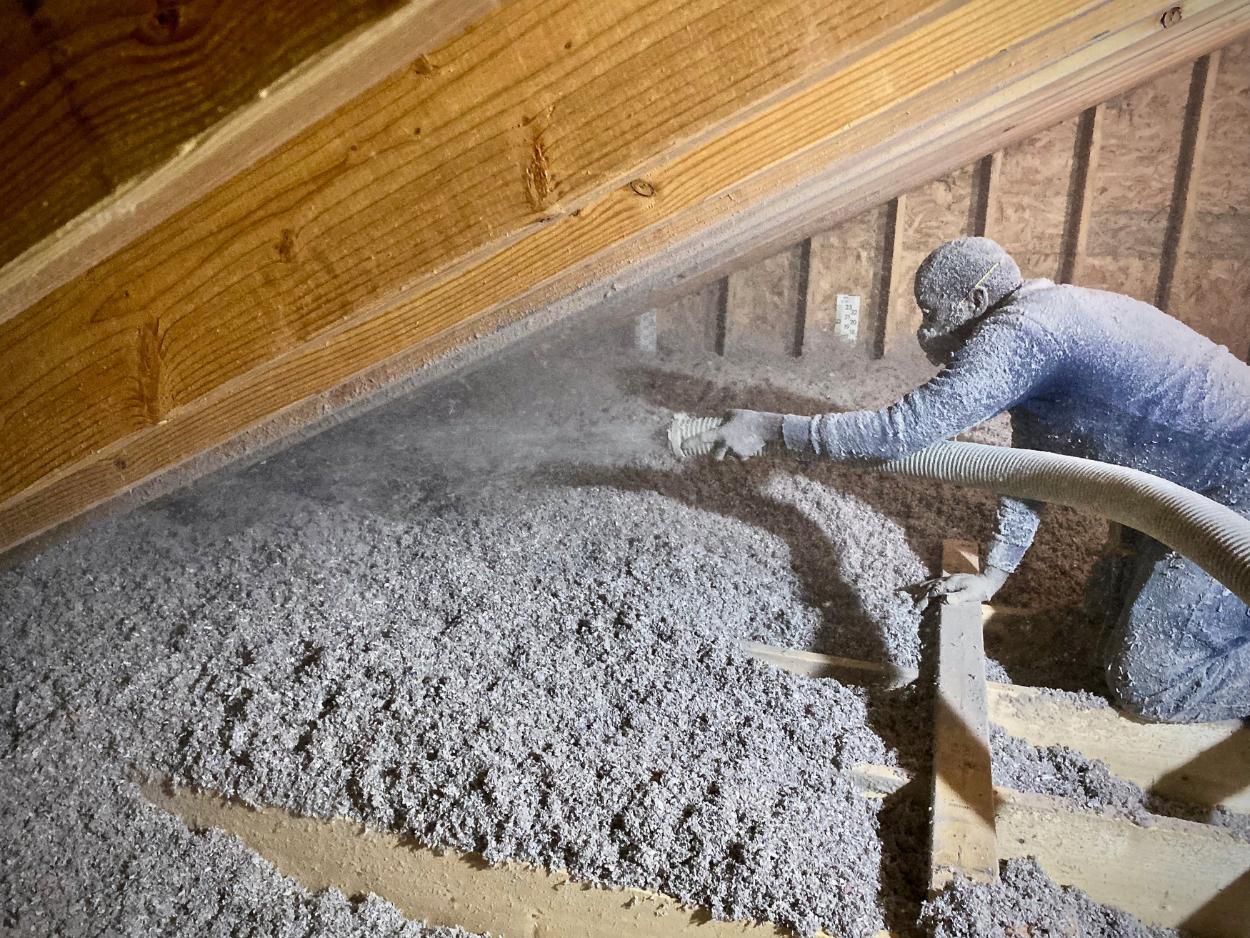
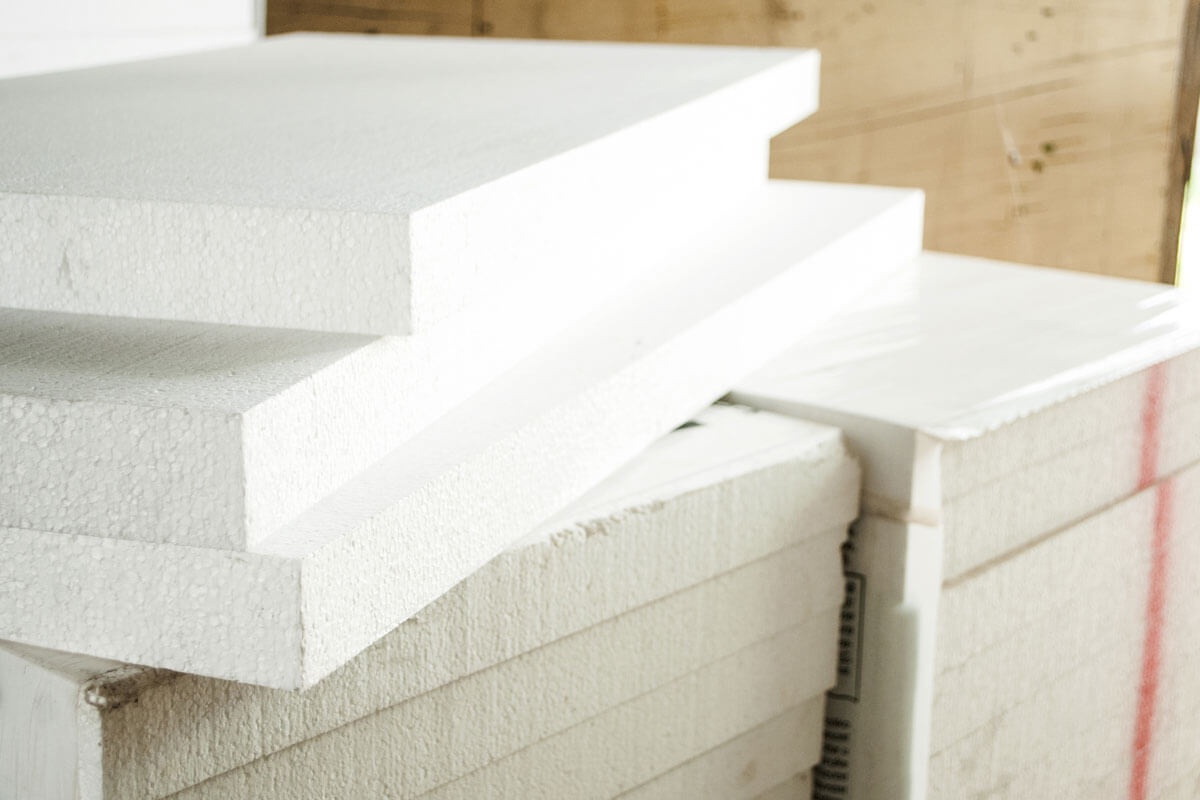
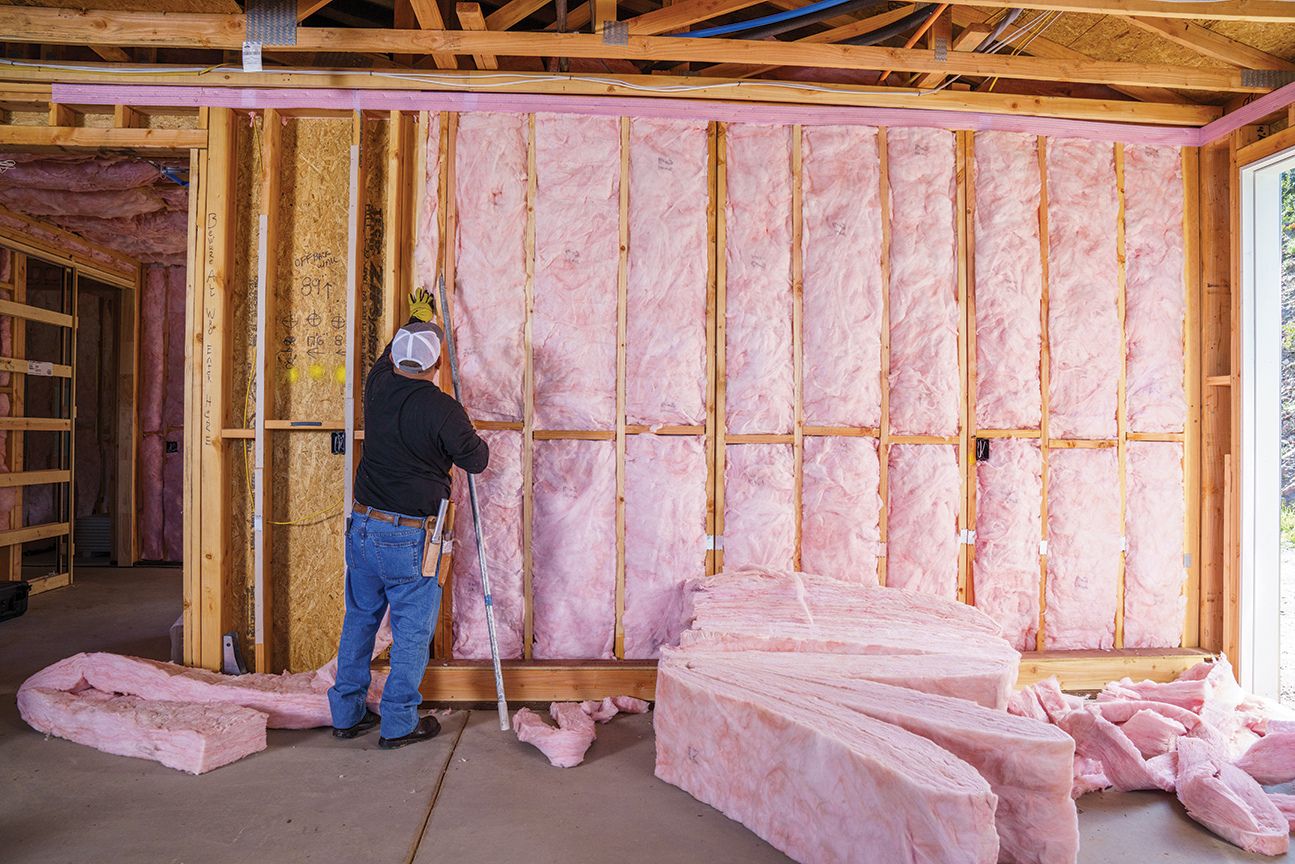
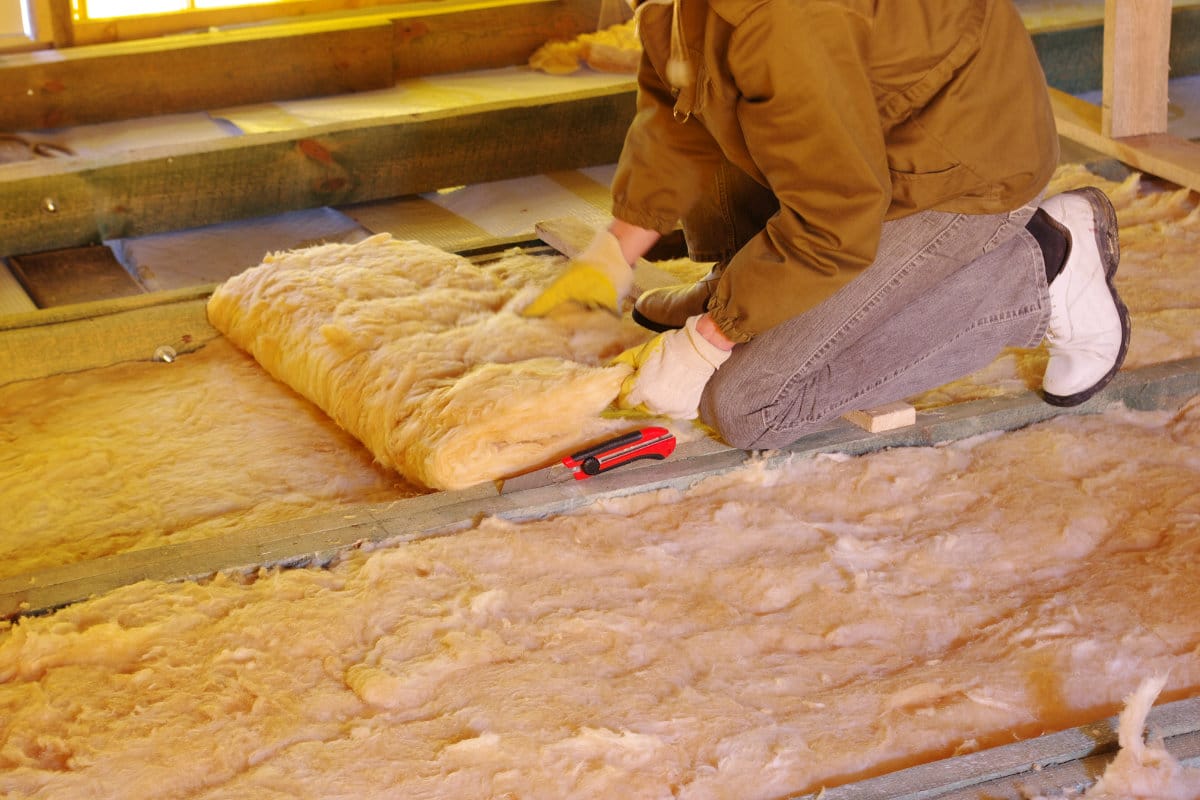
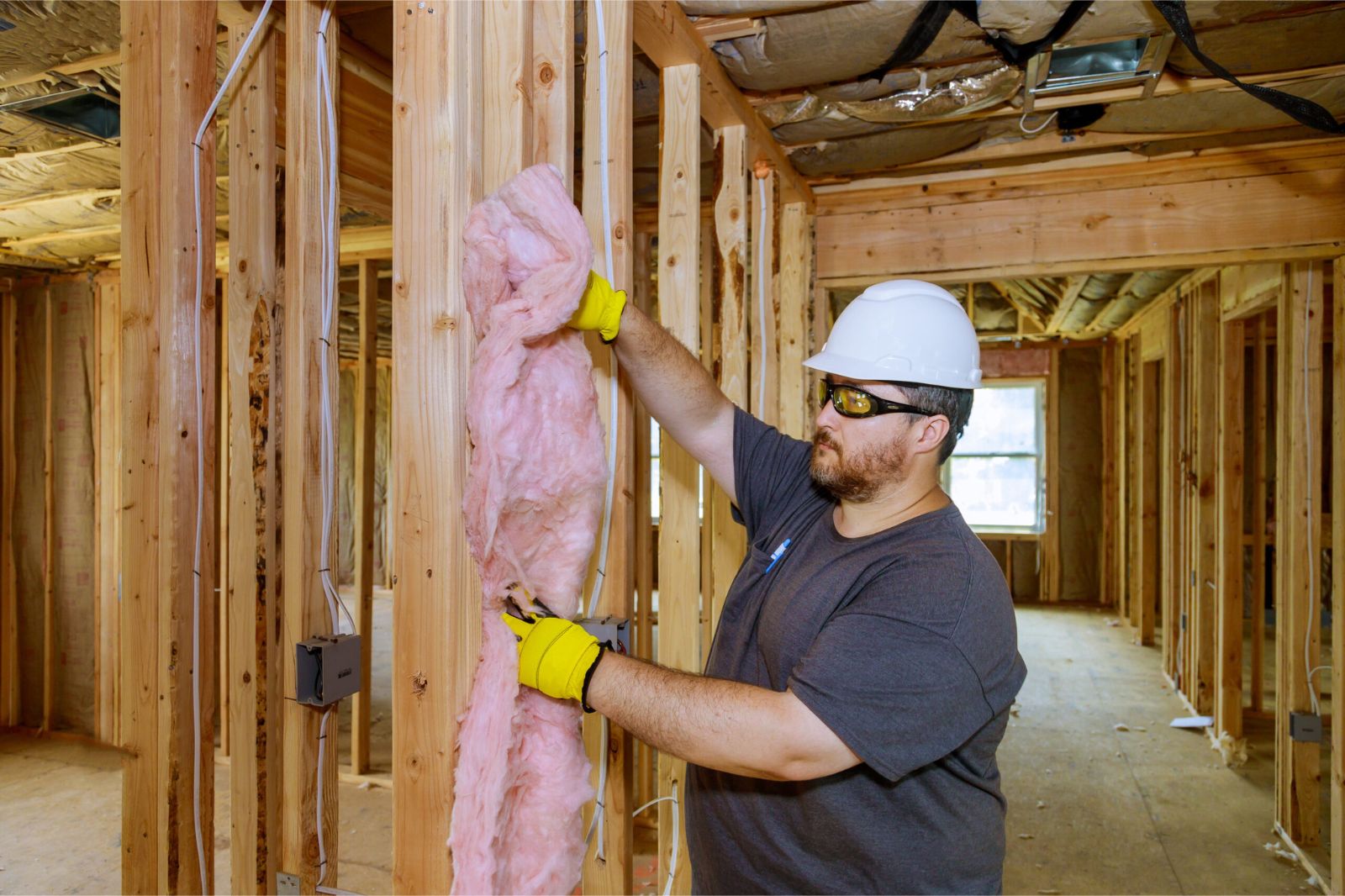
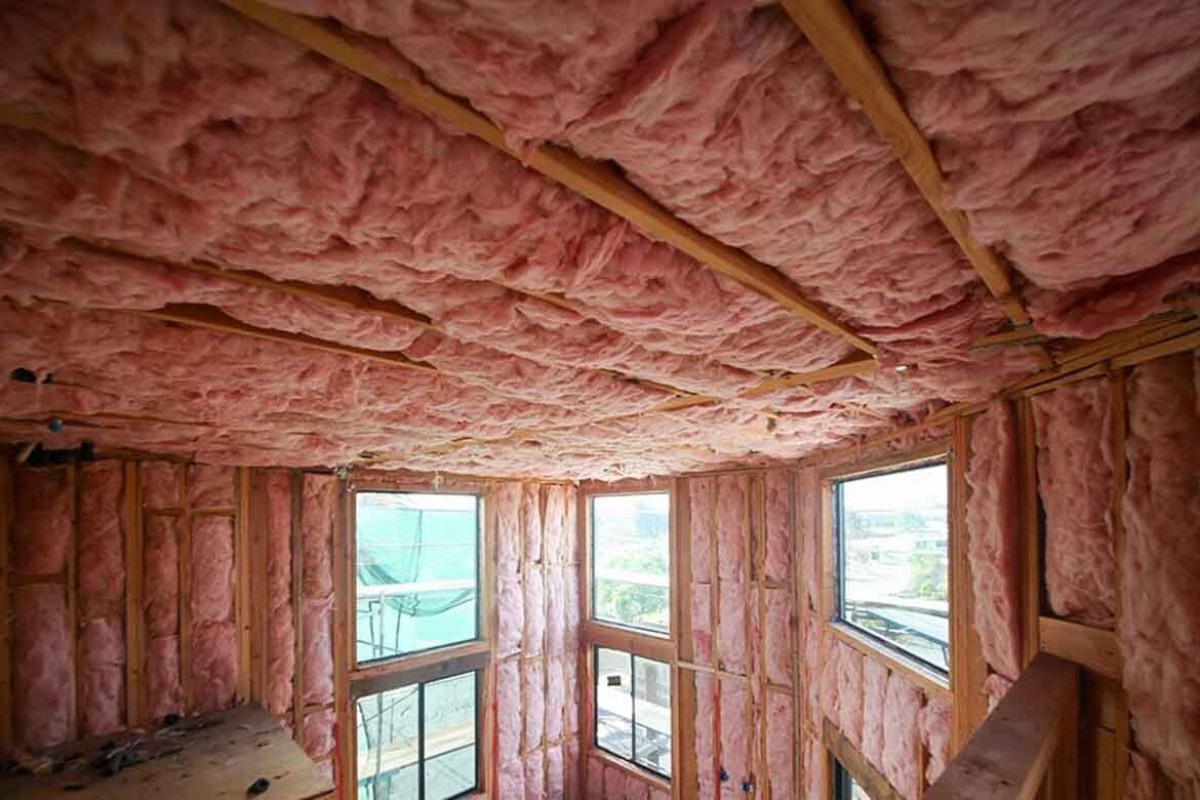
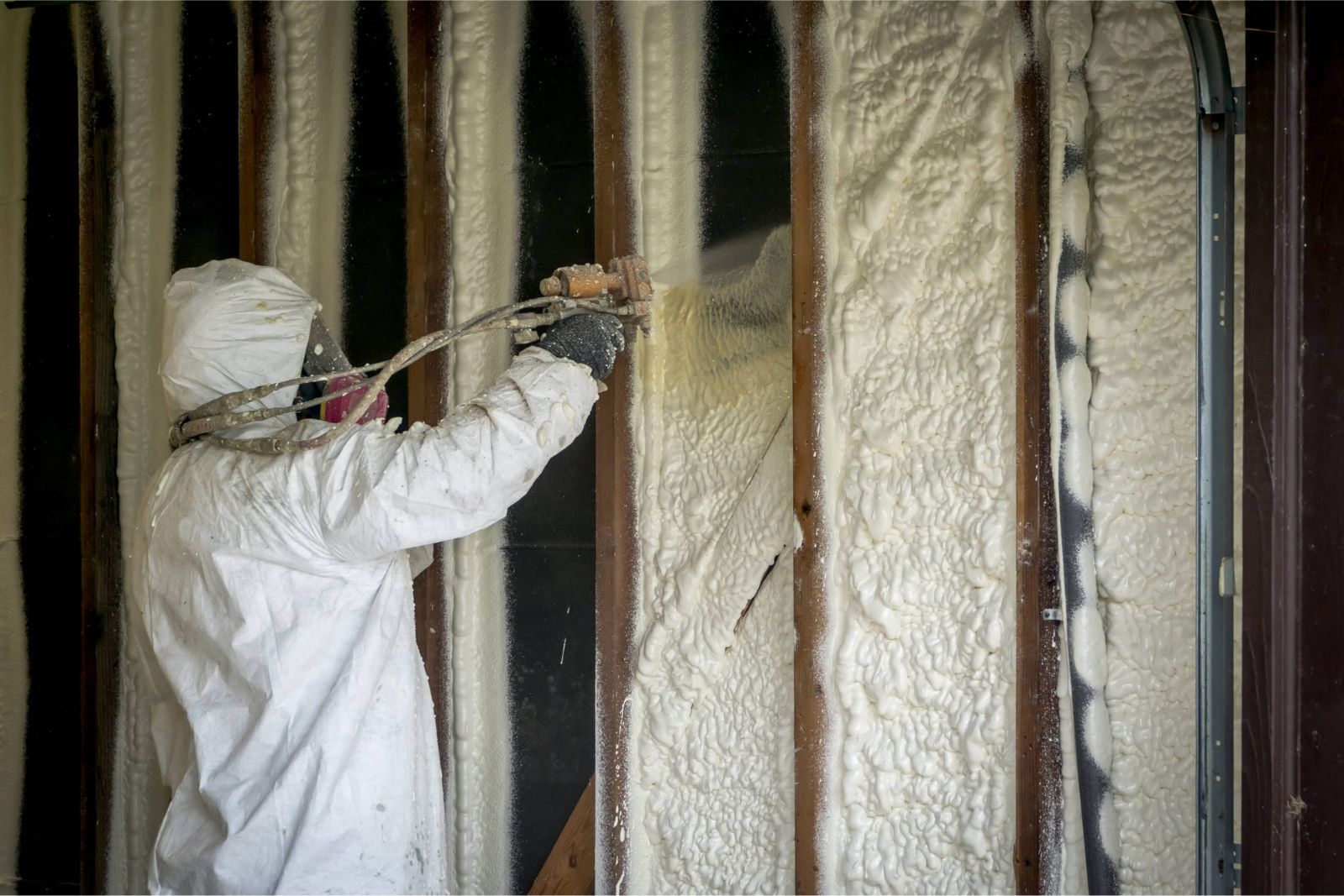
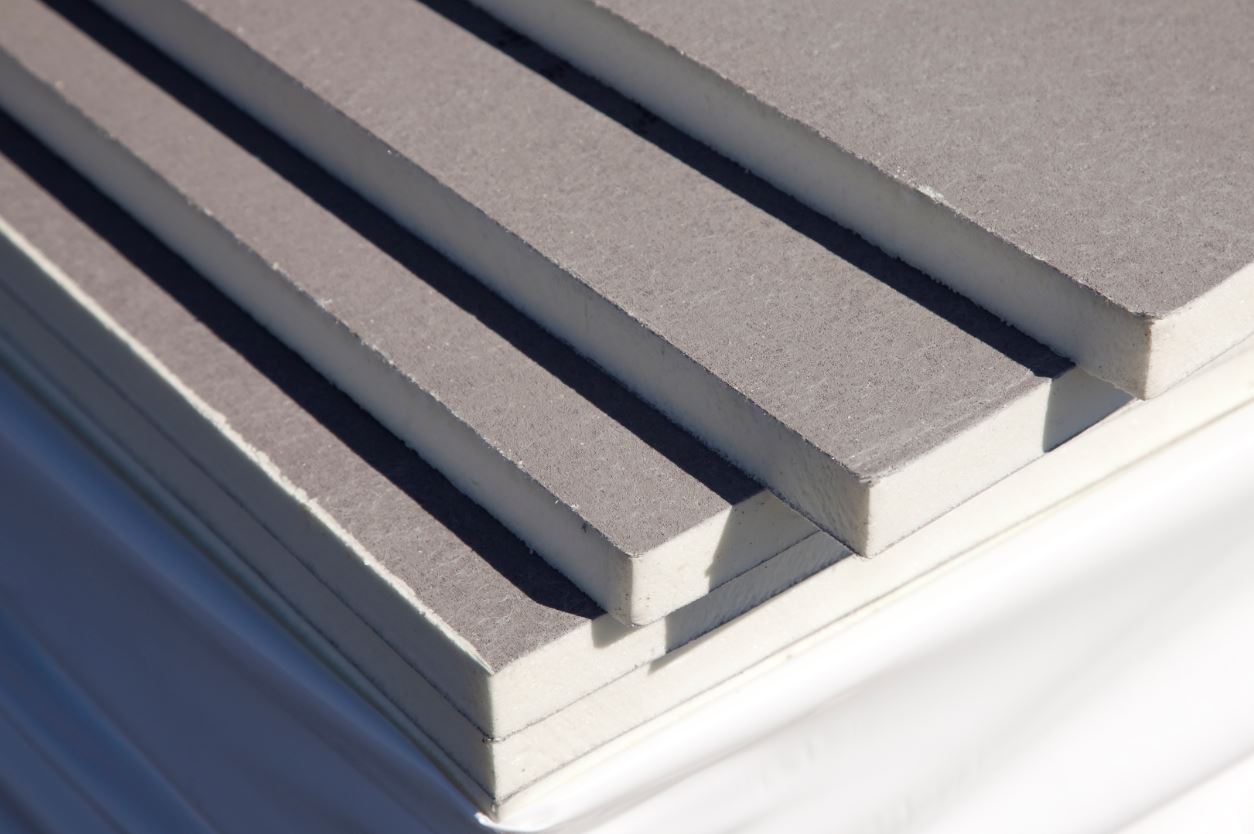

0 thoughts on “What Is FSK Insulation”